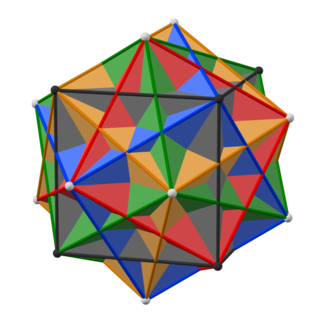29 (twenty-nine) is the natural number following 28 and preceding 30. It is a prime number.
81 (eighty-one) is the natural number following 80 and preceding 82.
97 (ninety-seven) is the natural number following 96 and preceding 98. It is a prime number and the only prime in the nineties.
1000 or one thousand is the natural number following 999 and preceding 1001. In most English-speaking countries, it can be written with or without a comma or sometimes a period separating the thousands digit: 1,000.
300 is the natural number following 299 and preceding 301.

360 is the natural number following 359 and preceding 361.
400 is the natural number following 399 and preceding 401.
500 is the natural number following 499 and preceding 501.
700 is the natural number following 699 and preceding 701.
600 is the natural number following 599 and preceding 601.
800 is the natural number following 799 and preceding 801.
900 is the natural number following 899 and preceding 901. It is the square of 30 and the sum of Euler's totient function for the first 54 positive integers. In base 10, it is a Harshad number. It is also the first number to be the square of a sphenic number.
2000 is a natural number following 1999 and preceding 2001.
3000 is the natural number following 2999 and preceding 3001. It is the smallest number requiring thirteen letters in English.
123 is the natural number following 122 and preceding 124.
148 is the natural number following 147 and before 149.
182 is the natural number following 181 and preceding 183.
204 is the natural number following 203 and preceding 205.
252 is the natural number following 251 and preceding 253.
In mathematics, the Mian–Chowla sequence is an integer sequence defined recursively in the following way. The sequence starts with
